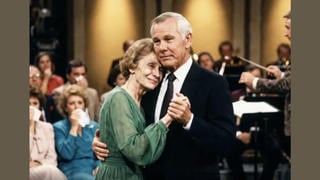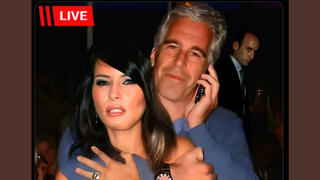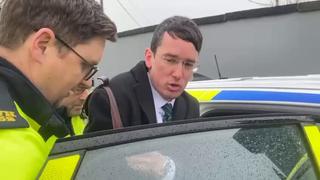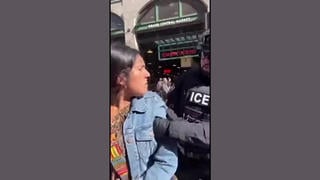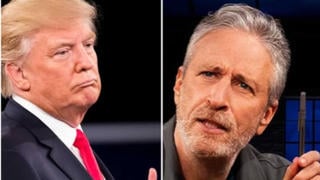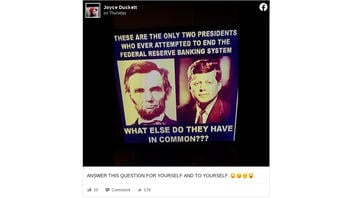
Were President Abraham Lincoln and President John F. Kennedy both assassinated for trying to end the Federal Reserve banking system? No, there is no evidence to back this up: The two presidents, who were both shot and killed while in office, have been the subjects of many questions and conspiracy theories for decades, and this meme has double misconceptions.
The claim appeared as a meme (archived here) published on Facebook on April 23, 2020, under the title, "ANSWER THIS QUESTION FOR YOURSELF AND TO YOURSELF. 🙄😉😶😲." It opened:
These are the only two presidents who ever attempted to end the federal reserve banking system.
What else do they have in common?
This is what the post looked like on Facebook at the time of writing:
Lincoln was president from March 4, 1861, to April 15, 1865, when he was assassinated by John Wilkes Booth in Washington, D.C.
The Federal Reserve Banking System -- the central bank of the United States -- did not exist when Lincoln was president. It was created well after Lincoln's death -- on December 23, 1913, by President Woodrow Wilson.
So the meme cannot be not referring to what is today's Federal Reserve.
One likely source for the meme has its roots in economic history: During the Civil War, President Lincoln worked with Congress to pass a law allowing the government to print new paper money nicknamed "Greenbacks" because the bills had green ink on the back. The Legal Tender Act authorized the printing of $150 million of the new money in 1862. Prior to this act, the only legal tender in the United States was gold or silver coins.
Lincoln was also at war with the New York banks, who were backed by British money up to and during the Civil War. Instead of having the banks lend the government money, Lincoln worked with Congress to pass the Legal Tender Act.
There have been suggestions over time that this equated to Lincoln attempting to end the Federal Reserve System -- even though the actual Fed had yet to be established.
As for Kennedy, he was president from January 20, 1961, until he was assassinated on November 22, 1963. The claim that he "attempted to end the federal reserve banking system," is also mistaken.
That idea surrounding this claim is based on Kennedy's Executive Order 11,110, which had to do with the issuance of silver certificates as currency.
Here is an Associated Press news story from June 6, 1963, from the Spokane Daily Chronicle about Kennedy signing the bill. As the story states, at the time all one-dollar bills were silver certificates backed by silver bullion while other currency denominations were federal reserve notes backed by the Federal Reserve.
The assassination claims hold that Kennedy earned the wrath of the federal reserve system with this bill by giving the Treasury Department more power to issue currency in the form of silver certificates. But the AP story says the executive order actually allowed the government to continue printing silver certificates only "for as long as necessary," while silver certificates were gradually taken out of circulation so silver bullion could be melted down for coinage.
The order was done as an "administrative convenience," according to a 1996 report titled "Money and the Federal Reserve System: Myth and Reality" from the Congressional Research Service of the Library of Congress.
Publiceye.org debunked the assassination theory tying Kennedy's death to the executive order in an article updated in September 2000.
Presidential Executive Order 11,110 is quite infamous among conspiracy buffs. Jim Marrs, author of Crossfire: The Plot that Killed Kennedy, writes that the order instructs the Treasury secretary to issue about $4.2 billion in silver certificates as a form of currency in place of Federal Reserve Notes. Written by John F. Kennedy, Marrs also speculates this order was part of a larger plan by Kennedy to reduce the influence of the Federal Reserve by giving the Treasury more power to issue currency. The order was signed June 4, 1963. A few months later, of course, Kennedy was killed, and conspiracy theorists hypothesize a link between the murder and E.O. 11,110. They argue that the Federal Reserve was somehow involved in the assassination to protect its power over monetary policy.
The executive order modifies a pre-existing order issued by Harry Truman in 1951. E.O. 10,289 states "The Secretary of the Treasury is hereby designated and empowered to perform the following-described functions of the President without the approval, ratification, or other action of the President..." The order then lists tasks (a) through (h) which the Treasurer can now do without bothering the President. None of the powers assigned to the Treasury in E.O. 10,289 relate to money or to monetary policy. Kennedy's E.O. 11,110 then instructs that.
In summary, E.O. 11,110 did not create new authority to issue additional silver certificates. In fact, its intention was to ease the process for their removal so that small denomination Federal Reserve Notes could replace them in accordance with a law Kennedy himself signed.
One of many assassination conspiracies connects Kennedy's signing of the bill to his assassination five months later. And while many theories about Kennedy's death have swirled since he was shot in his motorcade in Dallas, history holds that the lone assassin was Lee Harvey Oswald.
There is no evidence of a connection between Oswald and Booth, who lived and died in different centuries. Nor is there anything but speculation and theory that the different money policies instituted by Lincoln and Kennedy were behind their assassinations.


